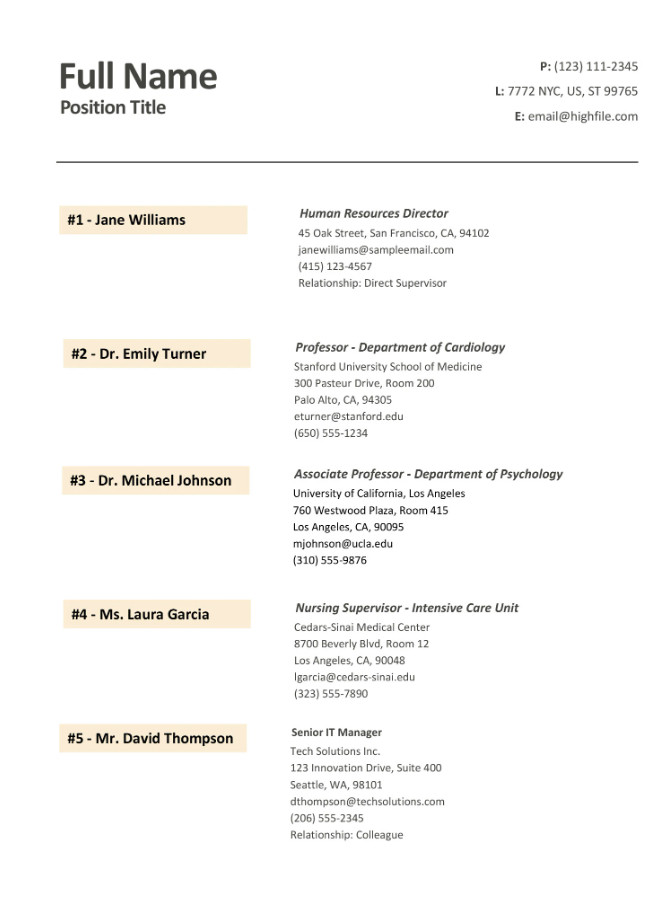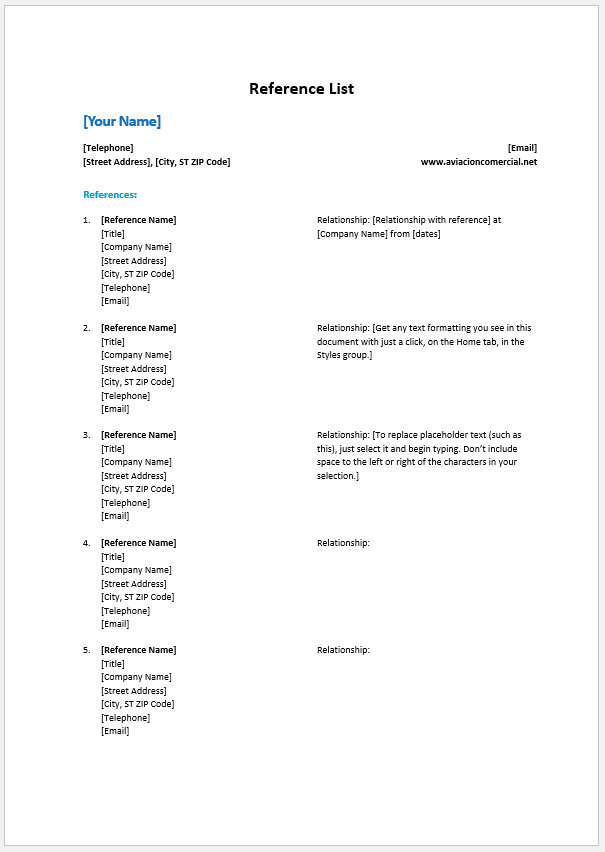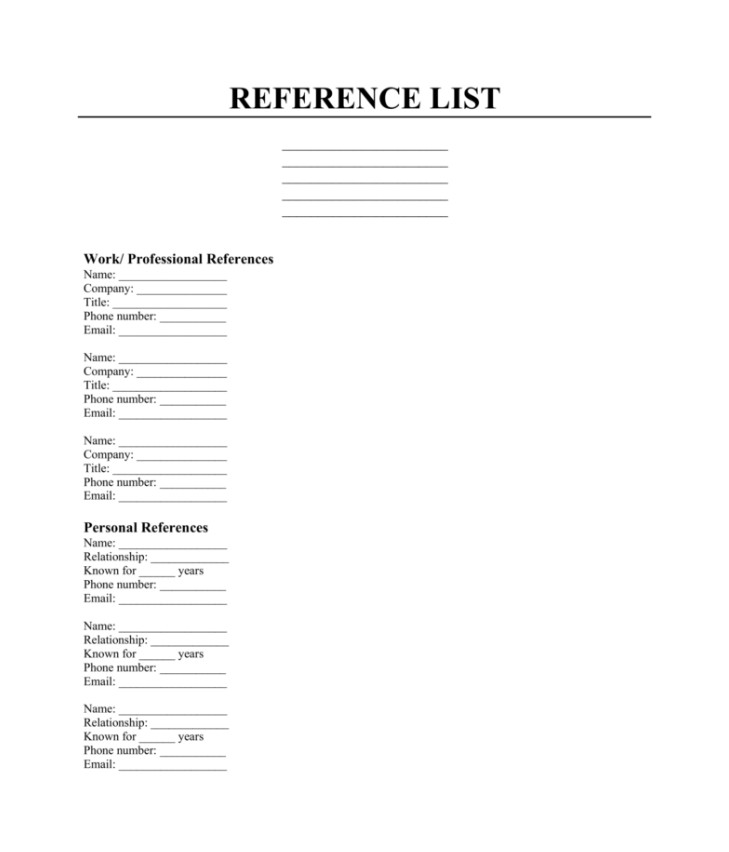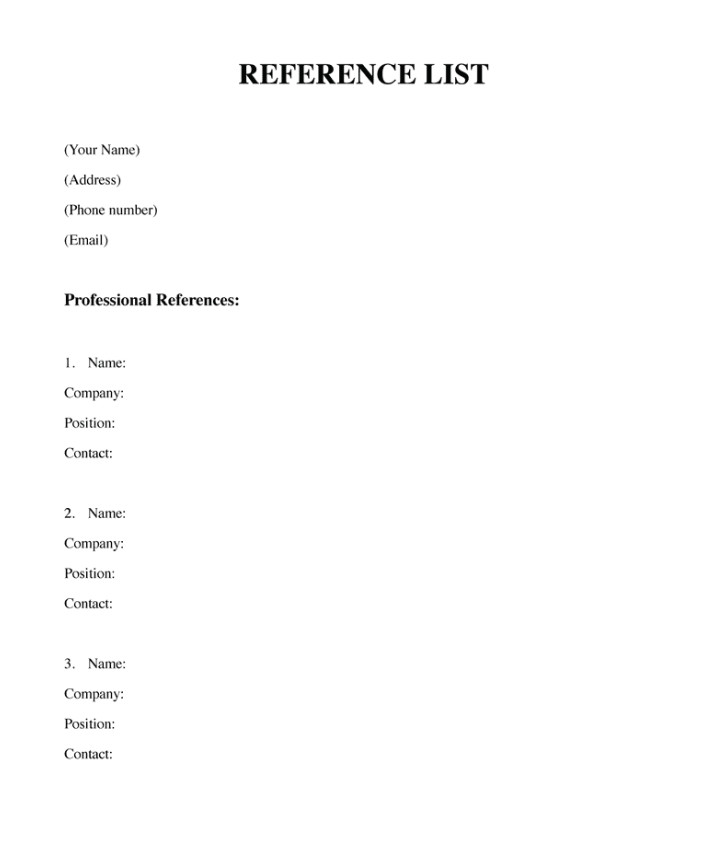When writing a research paper or academic article, it is essential to provide readers with a reference list. This list not only offers valuable information about the sources cited in the paper but also gives credit to the authors whose work was consulted. While the process of creating a reference list may seem daunting, it is an integral part of scholarly writing that should not be overlooked.
In this article, we will explore what a reference list is, why it is important, and provide tips on how to create an effective and well-organized reference list.
What is a Reference List?
A reference list is a compilation of all the sources that have been cited in an academic paper. It includes detailed information about each source, such as the author’s name, the title of the work, the publication date, and other relevant details.
The reference list allows readers to locate and verify the sources used by the author, ensuring the credibility and accuracy of the information presented.

Why is a Reference List Important?
A reference list serves several important purposes in academic writing:
- Providing credibility: By including a reference list, authors can demonstrate that their work is based on reliable and verifiable sources. This adds credibility to their research and strengthens their arguments.
- Acknowledging intellectual property: A reference list gives credit to the authors whose work has been consulted. It acknowledges their intellectual property rights and ensures that they are properly recognized for their contributions.
- Allowing readers to delve deeper: A reference list provides readers with the opportunity to explore the sources cited in a paper further. It allows them to access additional information and gain a deeper understanding of the topic at hand.
- Facilitating fact-checking: A reference list makes it easier for readers to fact-check the information presented in a paper. They can verify the accuracy of the sources cited and evaluate the reliability of the information.
How to Create an Effective Reference List
Creating an effective reference list requires careful attention to detail and adherence to specific formatting guidelines.
Here are some tips to help you create a well-organized and comprehensive reference list:
- Use a consistent citation style: Different academic disciplines have different citation styles, such as APA, MLA, or Chicago. Make sure to use the appropriate citation style for your field of study and follow the guidelines consistently throughout your reference list.
- Include all relevant information: For each source, include the author’s name, the title of the work, the publication date, the publisher, and any other relevant details. The more information you provide, the easier it will be for readers to locate and access the source.
- Organize your reference list alphabetically: Arrange your reference list in alphabetical order according to the authors’ last names. If there are multiple works by the same author, arrange them chronologically.
- Use hanging indentation: Format each entry in your reference list with a hanging indentation, where the first line is flush left and subsequent lines are indented. This makes it easier for readers to scan and navigate through your reference list.
- Check for accuracy: Double-check the accuracy of your reference list before finalizing it. Make sure that all the information is correct and that the formatting is consistent throughout.
Examples




Tips for Successful Reference List Creation
Creating a reference list can be a time-consuming task, but with the right approach, it can be done successfully. Here are some additional tips to help you create a reference list that is accurate, comprehensive, and well-organized:
- Start early: Begin compiling your reference list as you conduct your research. This will save you time and prevent you from scrambling to gather all the necessary information at the last minute.
- Keep track of your sources: Use a reference management tool or a spreadsheet to keep track of the sources you have consulted. This will help you stay organized and ensure that you have all the necessary information for your reference list.
- Be consistent: Use the same citation style throughout your reference list. Consistency is key to ensuring that your reference list is clear and easy to navigate.
- Proofread: Before finalizing your reference list, proofread it carefully for any errors or inconsistencies. Pay attention to details such as spelling, punctuation, and formatting.
Conclusion
A reference list is an essential component of academic writing. It provides readers with valuable information about the sources cited in a paper and gives credit to the authors whose work has been consulted. By following the tips and guidelines outlined in this article, you can create a reference list that is accurate, comprehensive, and well-organized.
Remember, a well-crafted reference list adds credibility to your research and enhances the overall quality of your academic writing.
Reference List Template – Download